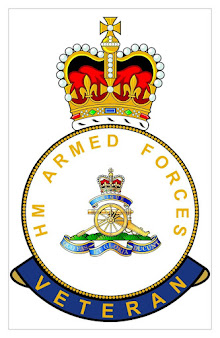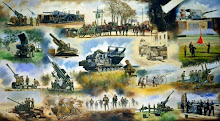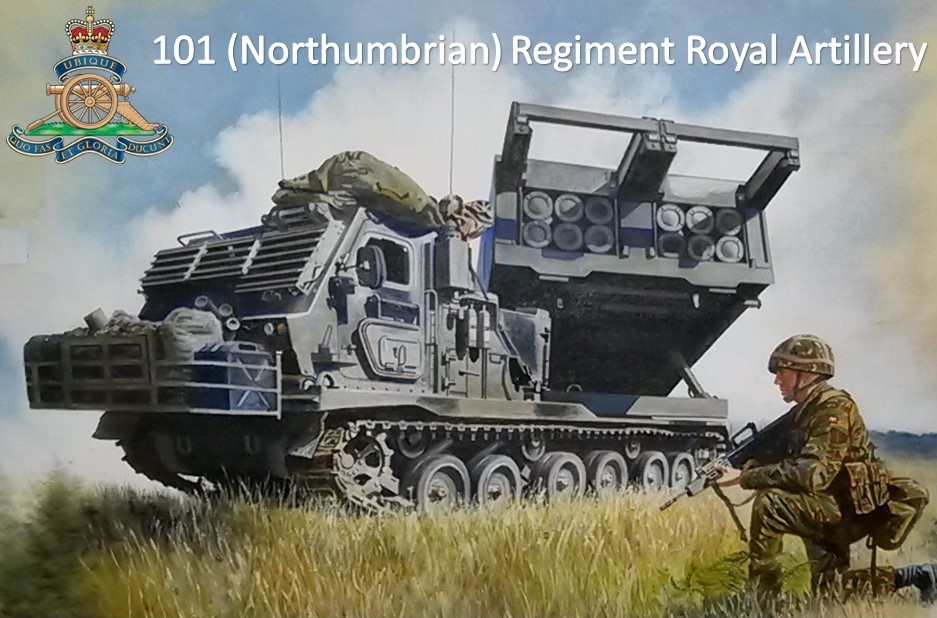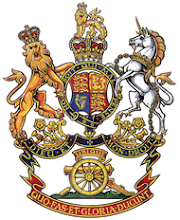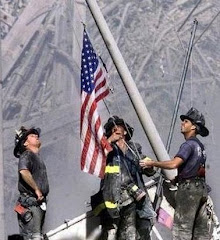Tuesday 22 April 2014
Tuesday 15 April 2014
Le Cateau Military Cemetery
| Le Cateau Military Cemetery |
| Le Cateau Military Cemetery - British graves |
| Le Cateau Military Cemetery - German graves |
| Le Cateau Military Cemetery - Russian graves |
Le Cateau-Cambrésis and the country to the west of it was the scene of a battle fought by the British II Corps on 26 August 1914 against a greatly superior German force. The town remained in German hands from that date until the evening of 10 October 1918, when it was rushed by the 5th Connaught Rangers and finally cleared a week later. During the war Le Cateau had been a German railhead and the site of an important hospital centre. The military cemetery was laid out by the Germans in February 1916 with separate plots for the Commonwealth and German dead. It contains the graves of over 5,000 German soldiers, many of whom were buried during the occupation, the rest being brought in from other German cemeteries after the Armistice. A separate plot contains the graves of 34 Russian prisoners of war who died in captivity. The Commonwealth plot is the site of almost 700 graves and commemorations of the First World War.
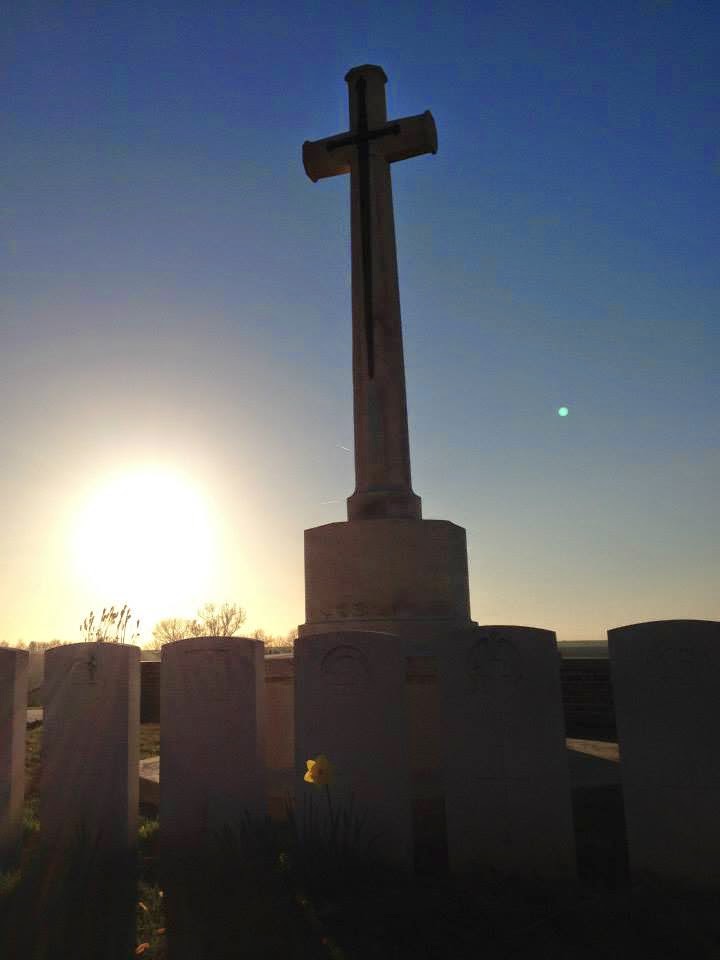 |
| Le Cateau Military Cemetery |
Amongst those buried in the cemetery are three Gunner officers who were killed on 26th August 1914.
| Lt JA Bowles
Adjutant 28th
Bde. RFA
|
| Capt CH Browning
124th Battery 28th
Bde. RFA
|
| 2/Lt WH Coghlan
11th Battery 15th
Bde. RFA
|
A wreath was laid at the Cross of Sacrifice to remember the men of the Royal Artillery who were last during the Battle of Le Cateau.
| Le Cateau Military Cemetery Cross of Sacrifice and NVAA wreath |
 | |
|
|
Le Cateau - Battle Left Flank
The British 4th Division were not part of the British Expeditionary Force's initial deployment , being retained in the United Kingdom to perform home defence duties until the Territorial Force were fully mobilised.
They commenced their deployment to France 22nd August, and concentrated in the area of Le Cateau. By the eve of the battle they were still without cavalry reconnaissance troops. Under the command of Lt General Snow, who agreed to Smith- Dorien's request to join II Corps, they were located on the left flank of the Le Cateau battlefield.
Along the left flank ran the Warnelle Ravine, with the 11th Brigade on the right, and some other battalions of 10th and 12th Brigades deployed forward of the feature.
The key locations for the division were Ligny, Haucourt and Esnes
The orders for the 4th Division to stand fast were not received till 05:00, the artillery not receiving them till 30 minutes later. When German artillery opened fire on the division at 06:00, the preparations for defence were not advanced, and guns were just coming into position.
The 1st Lancashire Regiment came under pressure, and 2 companies of 2 / Warwicks were sent forward to extract them. They were driven back, and the Lancashire's were forced to withdraw sustaining heavy casualties.
German cavalry then engaged the 1st Royal Inniskillen's, however, the British line held.
However, the Germans were able to progress to the exposed flank of 12th Brigade on the left, and there was a threat of an envelopment manoeuvre. By 8:45, Brigadier General Wilson commanding 12th Brigade assessed that retirement was imperative.
Troops were withdrawn to the south of the Warnelle Ravine, 2 company's of 1 Warwick's counter attacking to support the withdrawal of 12 Brigade, and by 10:30, the withdrawal of the brigade was complete.
A strong attack on 12th Brigade at Esnes brought fresh pressure to the left flank, and at 2pm, the order for retirement were issued. The11th Brigade withdrew to Ligny, and despite multiple German attacks on 12th Brigade, effective artillery shrapnel and rapid infantry fire caused the attacks to fail inflicting heavy casualties on the enemy.
To the west of 4th division, Gneral Sordet's French Cavalry Division in the area of Cambrai wwere able to engage the Germans, securing the 4th Division's flank, and by 5pm the 4th Division began to withdraw.
They commenced their deployment to France 22nd August, and concentrated in the area of Le Cateau. By the eve of the battle they were still without cavalry reconnaissance troops. Under the command of Lt General Snow, who agreed to Smith- Dorien's request to join II Corps, they were located on the left flank of the Le Cateau battlefield.
Along the left flank ran the Warnelle Ravine, with the 11th Brigade on the right, and some other battalions of 10th and 12th Brigades deployed forward of the feature.
 |
| View across the Warnelle Ravine from near 4th Division Headquarters.
|
The key locations for the division were Ligny, Haucourt and Esnes
 |
| Le Cateau - 4th Division key locations |
The 1st Lancashire Regiment came under pressure, and 2 companies of 2 / Warwicks were sent forward to extract them. They were driven back, and the Lancashire's were forced to withdraw sustaining heavy casualties.
German cavalry then engaged the 1st Royal Inniskillen's, however, the British line held.
 |
| Le Cateau - British infantry hold German cavalry attack. |
However, the Germans were able to progress to the exposed flank of 12th Brigade on the left, and there was a threat of an envelopment manoeuvre. By 8:45, Brigadier General Wilson commanding 12th Brigade assessed that retirement was imperative.
Troops were withdrawn to the south of the Warnelle Ravine, 2 company's of 1 Warwick's counter attacking to support the withdrawal of 12 Brigade, and by 10:30, the withdrawal of the brigade was complete.
A strong attack on 12th Brigade at Esnes brought fresh pressure to the left flank, and at 2pm, the order for retirement were issued. The11th Brigade withdrew to Ligny, and despite multiple German attacks on 12th Brigade, effective artillery shrapnel and rapid infantry fire caused the attacks to fail inflicting heavy casualties on the enemy.
To the west of 4th division, Gneral Sordet's French Cavalry Division in the area of Cambrai wwere able to engage the Germans, securing the 4th Division's flank, and by 5pm the 4th Division began to withdraw.
Saturday 12 April 2014
Le Cateau - Battle Centre
The British 3rd Division were located in the centre of the Le Cateau battlefield, 4th Division left, 5th Division right.
 |
| Le Cateau - 3rd Division dispositions |
German artillery opened fire on the division at 06:00 and the German 4th Cavalry Division advanced. The guns of 23rd Brigade RFA, 6 Bty RFA and 35 Heavy Battery RGA engaged the enemy causing heavy casualties.
 |
| Caudry - 23 Brigade RFA field of fire |
On the divisions left flank a rigorous German attack put pressure on 7 Brigade, and two battalions of 8 Brigade were sent to reinforce them. Heavy fighting ensued, however by lunchtime the German advance had been held.
At 2pm the Germans concentrated their artillery fire on Caudry, and withdrawal from the village was ordered, the Germans taking advantage of this to occupy the location. On the right of the divisional flank, the 1st Battalion Gordon Highlanders were attacked as the enemy tried to force a gap between them and the Royal Scots.
| Le Cateau - 8 Brigade position |
The order for the general retirement of II Corps was issued at 2pm, and as the orders were received by the divisions, plans were made to withdraw. The 3rd Worcester's counter attacked into Caudry to form a rear guard, and part of the village was recaptured.
The brigades of the 3rd Division began to withdraw, 1 Gordons who did not receive the order stood fast and fought on. As the afternoon wore on, battalions disengaged themselves and withdrew, the Gordons, fighting on.
 |
| Le Cateau - 1 / Gordon Highlanders |
Friday 11 April 2014
Le Cateau - Saving the Guns
Early in the morning of the 26th August 1914, the British II Corps were ordered to stand fast to the west of Le Cateau. The 37th Howitzer Battery RFA in support of the 5th Division deployed either side of a road in a covered position, Their Battery Commander would control the fire from the crest of a nearby hill by flag and telephone. The guns were situated in the area of the 13th Infantry Brigade, a few hundred yards behind the firing line
At 06:00 the German
Artillery opened fire on 13th Infantry Brigade, the gunners responding by
engaging the enemy artillery with some success.
The Germans
dominated the high ground around Le Cateau and were able to enfilade the
British Artillery around Le Cateau, in particular the 28th Brigade RFA - 122 /
123 / 124 Batteries and 15th Brigade RFA - 11 / 52 / 80 batteries with the 37th
(Howitzer) Battery supporting.
The 15th and 18th
Brigades RFA in particular sustained heavy casualties. The Official History of
the Great War records they "caused
considerable losses: salvos of shells crashed down on gun after gun in
succession, but the gunners stood to their work, and the supply of
ammunition never failed".
The pressure on the
right flank continued all morning and despite the gallant fighting by 14th
Infantry Brigade to the right of the battery, it was becoming apparent that the
5th Division would need to give way. Orders were given to commence the general withdrawal
of II Corps, and the Gunners started to bring the guns out of action, often
under murderous fire.
The 37th (Howitzer)
Battery had withdrawn 4 guns, but there were insufficient horse teams to
withdraw the other two guns so they were disabled. Captain Douglas Reynolds
found two teams when he retired to Remount, and decided to rescue the two
howitzers.
He called for
volunteers to assist him and amongst
them were Driver Job Drain and Driver Fred Luke. |
| 37 (Howitzer) Battery RFA location |
Captain Reynolds
lead two horse teams back to the gun position, advancing through a volley of
shrapnel he ordered the two teams to gallop. The two howitzers were within a
hundred yards of the advancing German infantry and surrounded on three sides. Driver Luke skilfully brought the gun team
and limber over the eye of F sub, and two gunners limbered it up. As they left,
the centre driver was shot, Captain
Reynolds caught his whip, and galloped alongside the centre team and lead the
gun to safety. The remaining gun could
not be rescued.
 |
| Le Cateau - Saving the Guns 37th (Howitzer) Battery Royal Field Artillery |
For their bravery
Captain Reynolds, Driver Drain and Driver Luke were awarded the Victoria Cross.
| Le Cateau - 37 (Howitzer) Battery RFA VC location |
Le Cateau - Suffolk Memorial
Above Le Cateau to the south west, right of the Roman Road, the high ground where the Suffolks fought is a memorial to commemorate those lost defending that area.
| Le Cateau - Suffolk Memorial |
The memorials four sides each remembers the men of four Regiments. The 2nd Battalion Suffolk Regiment is commemorated on the front face , 2nd Battalion Manchester Regiment, and 1st Battalion Argyll and Sutherland Highlanders on the two sides.
HQ 15th Brigade
RFA
|
||||
11th Battery RFA
|
||||
52nd Battery RFA
|
||||
80th Battery RFA
|
||||
15th Brigade
Ammunition Column
|
||||
|
||||
37th (Howitzer)
Battery RFA
|
||||
Le Cateau - Battle Right Flank
The British right flank at Le Cateau was held by the 5th Division, 14 Brigade right, 13 Brigade centre, 15 brigade left.
To the east of Le Cateau elements of the 1st Duke of Cornwall Light Infantry and 1st East Surrey's had not received the order to steadfast and were ready to move when they came under infantry fire from Germans who had infiltrated into the town. They then began a fighting withdrawal.
More batteries opened up on the 5th Division at 06:30 am and enemy skirmishers were able to mount point 150 on the Montay Spur to fire upon the British Gunners.
The Germans dominated the high ground around Le Cateau and were able to enfilade the British Artillery around Le Cateau, in particular the 28th 28th Brigade RFA - 122 / 123 / 124 Batteries and 15th Brigade RFA - 11 / 52 / 80 batteries with the 37th (Howitzer) Battery supporting.
The 15th and 18th Brigades RFA in particular sustained heavy casualties. The Official History of the Great War records they "caused considerable losses: salvos of shells crashed down on gun after gun in succession, but the gunners stood to their work, and the supply of ammunition never failed". The German infantry advanced from Le Cateau, 11th Battery RFA manhandling their guns into position to engage the enemy, however by 10:00 am every officer had fallen and only 1 gun was left in action.
The 2nd Suffolk were under intense pressure and the 2nd Manchesters and 1st Argyll and Sutherland Highlanders were sent to reinforce them. The gunners continued to fire and their efforts presented penetration beyond the Le Cateau to Cambrai Road. The Germans then moved heavy guns onto Point 150 on the Montay spur which silenced the last gun of 11 Battery.
By lunch time the German III Corps was closing on the right flank. 2 Suffolks and the Gunners were under heavy enfilading fire. At 1:00pm, the Divisional Commander reported to II Corps 5 division could give way to the sustained casualties. A lull in the German firing occurred around 1:20pm, allowing the gunners to extract some of their guns, the remaining guns had their breach blocks removed and their sights smashed.
The Division has asked to hold till preparations could be made for the general withdrawal of II Corps.
A resumption in the fighting led to a renewed German attack, and by 2:30 pm the force of 2nd Suffolks, 2nd Manchesters and the 1st Argyll and Sutherland Highlanders were overwhelmed. The survivors of 14 Brigade fell back to Remount, south of Le Cateau.
 |
| Battle of Le Cateau Right Flank - 5th Division |
The orders to stand fast at Le Cateau circulated to the battalions from 5;00 am to 6:00 am and the construction of hasty defences started. The preparation was short as 12 German batteries opened up on the division disrupting the activities. The British Gunners responded by firing upon the flashes of the German guns.
To the east of Le Cateau elements of the 1st Duke of Cornwall Light Infantry and 1st East Surrey's had not received the order to steadfast and were ready to move when they came under infantry fire from Germans who had infiltrated into the town. They then began a fighting withdrawal.
More batteries opened up on the 5th Division at 06:30 am and enemy skirmishers were able to mount point 150 on the Montay Spur to fire upon the British Gunners.
| British Positions from Montay Spur |
The Germans dominated the high ground around Le Cateau and were able to enfilade the British Artillery around Le Cateau, in particular the 28th 28th Brigade RFA - 122 / 123 / 124 Batteries and 15th Brigade RFA - 11 / 52 / 80 batteries with the 37th (Howitzer) Battery supporting.
| The Germans dominated the high ground around Le Cateau |
The 15th and 18th Brigades RFA in particular sustained heavy casualties. The Official History of the Great War records they "caused considerable losses: salvos of shells crashed down on gun after gun in succession, but the gunners stood to their work, and the supply of ammunition never failed". The German infantry advanced from Le Cateau, 11th Battery RFA manhandling their guns into position to engage the enemy, however by 10:00 am every officer had fallen and only 1 gun was left in action.
 |
| LE CATEAU 1914 |
The 2nd Suffolk were under intense pressure and the 2nd Manchesters and 1st Argyll and Sutherland Highlanders were sent to reinforce them. The gunners continued to fire and their efforts presented penetration beyond the Le Cateau to Cambrai Road. The Germans then moved heavy guns onto Point 150 on the Montay spur which silenced the last gun of 11 Battery.
By lunch time the German III Corps was closing on the right flank. 2 Suffolks and the Gunners were under heavy enfilading fire. At 1:00pm, the Divisional Commander reported to II Corps 5 division could give way to the sustained casualties. A lull in the German firing occurred around 1:20pm, allowing the gunners to extract some of their guns, the remaining guns had their breach blocks removed and their sights smashed.
The Division has asked to hold till preparations could be made for the general withdrawal of II Corps.
A resumption in the fighting led to a renewed German attack, and by 2:30 pm the force of 2nd Suffolks, 2nd Manchesters and the 1st Argyll and Sutherland Highlanders were overwhelmed. The survivors of 14 Brigade fell back to Remount, south of Le Cateau.
| Suffolk Hill where the Suffolks , Manchesters and Argylls were over run |
Le Cateau - Battle of Le Cateau
Following the withdrawal from Mons, the British Expeditionary Force retreated south with the intent of establishing defensive locations in the area of Le Cateau. The German First Army continued to pressure the BEF as they advanced southward.
On the eve of the 25th August 1914, the British I Corps to the east of Le Cateau had engaged the advanced guards of German troops forcing their way through the Foret du Mormal to establish crossings over the River Sambre.
II Corps with the Cavalry Division and 19th Brigade were withdrawing in contact with the German Army and the rear guard was engaged in heavy fighting at Solesmes.
 |
| Strategic Situation - Eve of Le Cateau |
Field Marshall French was concerned about the protection of his flanks especially as the French Fifth Army was falling back, and consequently he ordered that the retreat of BEF to continue.
General Dorien-Smith II Corps commander assessing the situation with General Alenby of the Cavalry Division and General Hamilton of the 3rd Division determined that the troops to the west of Le Cateau were not in a position to move till 09:00 26th August, by which time they could be overwhelmed.
During the period that the BEF were retreating from Mons to Le Cateau, the 4th Division commanded by General Snow had newly arrived from the United Kingdom and were assembling in Le Cateau.
Smith- Dorien asked that Allenby and Snow if they would serve under his command in order to form a blocking force and follow him in disobeying Field Marshall French's order to retreat. Both Generals acceded to Smith-Dorien's request, and the decision was made to stand firm to deliver a stopping blow to the advancing enemy.
 |
| General Smith-Dorien |
Very well , gentlemen, we will stand and fight
Orders were issued to prepare defensive positions, though the rear guard had only just extracted it's self from Solemes, and many other units were still arriving into the area.
 |
| Battle of Le Cateau - British Dispositions |
| Le Cateau - Hotel de Ville |
Subscribe to:
Posts (Atom)


















